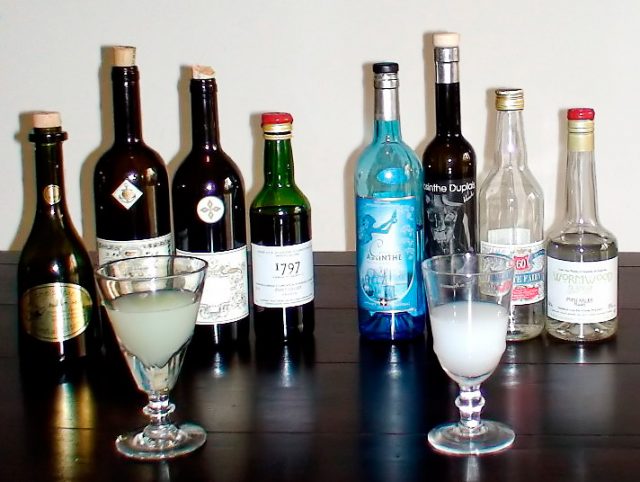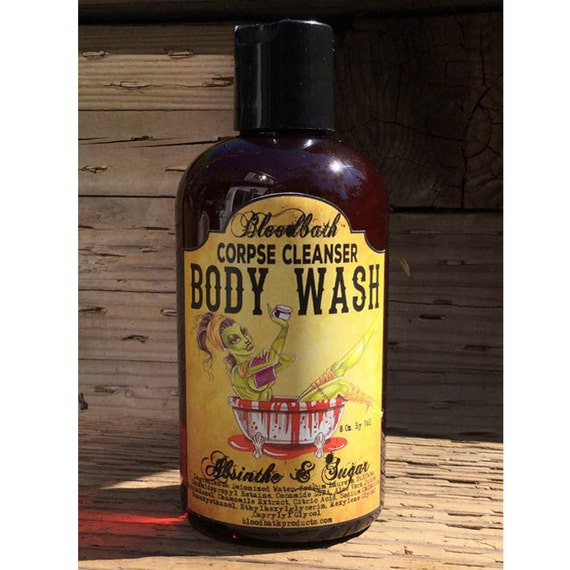
This is often employed with ingredients that have particularly potent aromatics - such as absinthe's anise-forward profile. The technique of swirling an ingredient around in a glass and then dumping it out - before adding the cocktail itself - is a called “rinsing the glass”. The Sazerac is a prince dressed like a pauper, and a worthy - I'd even go as far as to say essential - addition to your cocktail arsenal. this is below.Īnother hallmark characteristic of the Sazerac is that it's served in a rocks glass with no ice and no garnish, which looks very plain. As such, the preparation involves a few additional steps, most notably the glass being rinsed with absinthe (which will not make you hallucinate) before the cocktail is poured in, more on this in the commentary section. It is a drink of delicate aromatic layers that need to be placed just so so that one doesn't overwhelm the other.

But a few tweaks and a unique preparation propel the Sazerac into a completely different realm. It is the official cocktail of New Orleans, and a close relative of the Old Fashioned, (both center around whiskey, sugar, and bitters). Strain the cocktail into your chilled, absinthe-rinsed glass.Įxpress the lemon oil from piece of lemon peel over the drink and rub the lemon peel around the rim of the glass and discard the peel.Īnd then you have a delightful cocktail that, if spirit-forward whiskey drinks are your thing, is pretty tough to beat.The Sazerac is one of the seminal cocktails of the pre-Prohibition era that has led the charge in the modern cocktail renaissance over the past 15 years, and during that time it has gained quite a following. (They’re cheap and totally worth the investment if you make Sazeracs with any frequency.) My preferred method, one I discovered by watching and chatting with bartenders over the years, is using a bottle with a fine mist sprayer to mist the inside of the glass. I’ve always thought that was a waste of absinthe, but it doesn’t require any special equipment. You can do by pouring absinthe into the glass, swirling it around to coat the inside, and pouring it out. Then rinse your chilled glass with absinthe. Stir everything except the absinthe in a mixing glass with ice. Making the drink is mostly straightforward.


(Now there are a number of artisanal Creole bitters that have a similar flavor profile, but all self-respecting Sazerac makers should have a bottle of Peychaud’s in their bitters collection.) One ingredient that’s stayed essential to the drink since the beginning is the bright red, anise scented Peychaud’s bitters, which were sold by apothecaries as medicinal in purpose but considered palatable only mixed in a cocktail. in 1912 and had murky legal status until 2007 having to do with its supposed hallucinogenic qualities ) brought absinthe substitutes like Pastis and Herbsaint into the Sazerac.Īnd Herbsaint is still deservedly popular in the drink, but personally I like it better with absinthe for the rinse. New Orleans’ French roots also show in the inclusion of absinthe in the original recipe.īut America’s complicated relationship with absinthe (it was banned in the U.S. (If you are from Wisconsin and like brandy Manhattans, you may prefer a cognac-based Sazerac–for the rest of us it is rye or a split-base of cognac and rye.) (The name of the drink comes from Sazerac de Forge et Fils, a brand of cognac imported to New Orleans in that era.)īut a wine blight in France wiped out cognac and wine production for a while around 1870, when American rye whiskey took over the starring role, which it maintains to this day. The Sazerac was born in New Orleans sometime in the mid 19th century and was originally made with cognac, a popular spirit in the former French colonial port town. Its contents have, however, shifted over time.

Somewhere high on the list of classics with staying power, in the company of Manhattans and Martinis and Old Fashioneds and Negronis. You probably like rye and a good stiff drink. You don’t need to be sold on its inherent deliciousness. If you are a cocktail fan, and especially if you are a whiskey fan, you have probably already had a Sazerac.


 0 kommentar(er)
0 kommentar(er)
